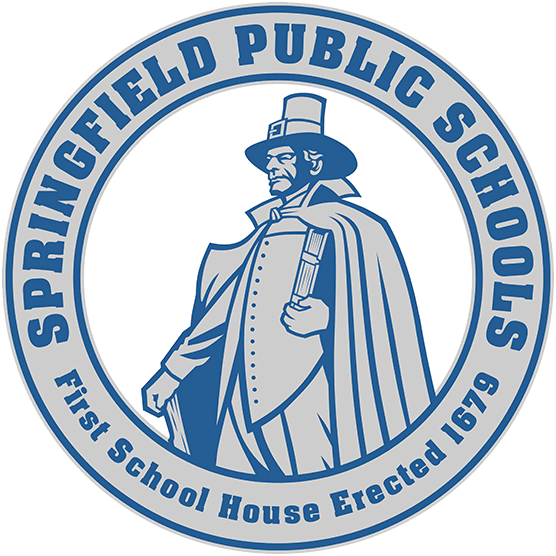SPRINGFIELD — Just a few hours after Mayor Domenic Sarno unveiled his full budget to the public, the Springfield School Committee officially approved its contribution at a special meeting.
On May 8, the body voted in favor of the School Department’s $671 million fiscal year 2026 budget, which constitutes a 7%, or $43.7 million increase from FY25.
The school budget represents about two-thirds of the city’s total budget.
“You will see that the vast majority of the funds are spread over our 70 plus schools and programs,” Superintendent Sonia Dinnall said. “We are definitely making sure that we elevate pre-K, universal pre-K, and funding all those things that will ensure that our students are successful and that they are thriving and doing all the wonderful things that students should be doing and experiencing in Springfield Public Schools.”
Springfield Public Schools Chief Financial and Operations Officer Patrick Roach said that $48 million of the budget will go directly to the schools so they can build their own school-based budgets and prioritize what they want to see in their buildings.
Meanwhile, around $48.2 million is dedicated to mental health and emotional support, according to Roach, while other money is linked to early literacy development, middle school transformation and Chapter 74 programs.
Although the School Department is still in negotiations with the teachers’ union on a new contract, Roach said all collective bargaining contracts are fully funded in the budget.
“Including the teachers’ contract, of which we’ve made a very competitive offer, higher than all the surrounding districts,” Roach said.
Despite an increase to the overall budget from FY25, Roach told the committee at an April 30 special meeting that when grants are included, the budget actually decreases by 7%. He said the reason for that is because the city does not have any more ESSER funds, or federal coronavirus pandemic relief money from the federal government.
The ESSER funds went to one-time capital improvement projects in the district like HVAC systems and outdoor learning spaces for students.
“We spent our ESSER funds on one-time money, so there’s no real cuts to that at the end of the day,” Roach said.
Because of how mercurial the federal government has been, Sarno said on April 30 that he was concerned about the possibility of losing a Title I grant for free lunch worth $26 million along with a $7 to $9 million grant for specialty classes in SPS.
“Things change every five minutes now,” Sarno said.
During that same meeting, Roach said the 7% general fund increase from the FY25 budget is because of the Student Opportunity Act, the state-run program through the Department of Elementary and Secondary Education that provides funds to support student needs.
“As some of the [School] Committee members know, we’ve had the Student Opportunity Act, and we’re kind of winding to the end of it,” Roach said at a preliminary budget meeting in March. “This is year five out of six years, so we have one more year after this year.”
Prior to voting, School Committee Vice Chair LaTonia Monroe Naylor commended Dinnall and Roach’s team for focusing a lot of the budget on special needs areas and exceptional learners.
“There’s a lot of really important dollars really focused in on that area where we saw data about a month ago now that showed that there’s a really increased number of students now that have additional needs,” Monroe Naylor said. “We do appreciate that you all have paid attention to those things.”



